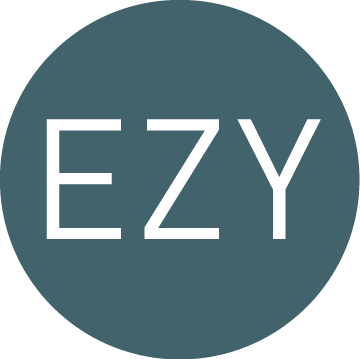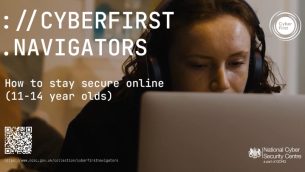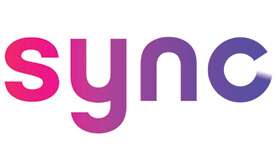EzyEducation was inspired by how secondary education seemed to exist in a parallel digital universe relative to the advances made in the wider economy. Outlay had been considerable, but there had been limited impact on the quality of the learning environment. It almost seemed like technology was dragging teachers down because it didn’t actually solve any of the key day-to-day problems, and gave them more things to do, rather than less.
Having said that, doing something about it was a completely different matter. In our early days we looked at quite a few North American MOOCs (Mass Open Online Course) and wondered if this approach could be deployed for UK schools. After all, most MOOCs were taster courses with quite limited content. Nothing like a 2-year GCSE or A level course with a recently expanded syllabus.
Although content was one thing, the main opportunity to move things on was to create a digital solution based on a complete teaching process. Split the entire syllabus up into units, deliver content based on syllabus AOs, test understanding, fill learning gaps via specific feedback and provide teachers with detailed feedback to enable almost laser-guided interventions. Although this might seem obvious, there was almost no evidence of this in the digital space, where no platform had attempted to create a complete and comprehensive formative process.
Starting with videos, it was clear to see that standards were very low (this is no exaggeration) and videos often too long. Some of our early efforts were too long as well. This is where green screen recording and chapterisation of videos starts to improve engagement. It facilitates note taking and helps to challenge the passive viewing that is inevitable if young people watch poor-quality and lengthy videos that aren’t chunked up and are difficult to navigate.
Perhaps the most interesting challenge was to build the course around teachers and use structures that inspired higher levels of student engagement. The structure needed to help teachers easily manage activity, require minimal teaching tasks and deliver activities that avoided the cul de sac many summative digital propositions had driven into by making sure that activities transfer learning and do not encourage passive and disengaged guessing by students.

The solution was to use scaffolded approaches that build competency and require multiple inputs, make questions as visual as possible and do innovative things like creating tables to populate with data and requiring multiple calculations in more-challenging questions. This all helps to turn questions into a task with a purpose rather than a pointless and resented clicking exercise.
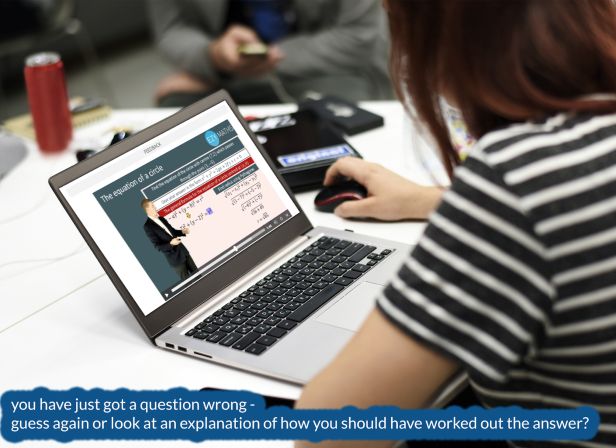
Add to this the opportunity to return to heavily formative questions in the first few questions or to look at unique feedback videos with detailed worked answers backed by unique explanations and students can progress on their own and will work very hard.
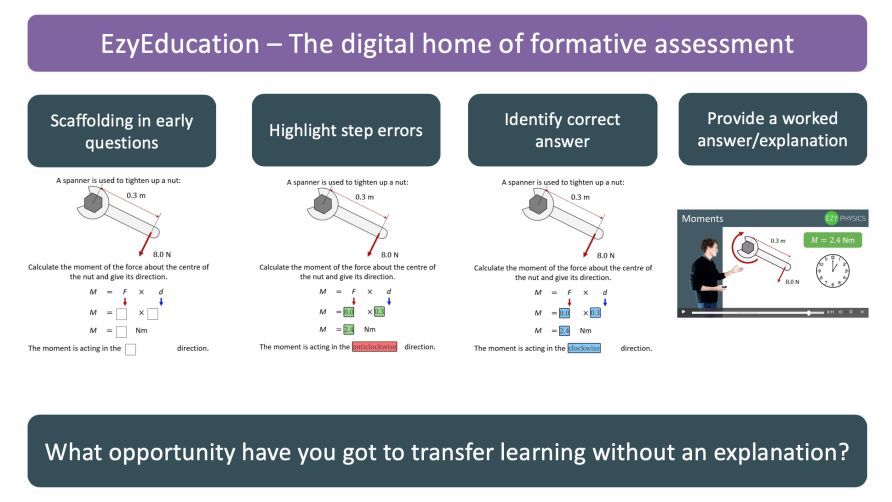
During the 2019 summer break a 15-year-old student at the Forest School in Reading spent 60 hours of his holiday completing the entire GCSE Biology course. This involved 87 assessments and demonstrates the key point that it would not be possible for a teacher to support that much activity unless the student moved in over the Summer!
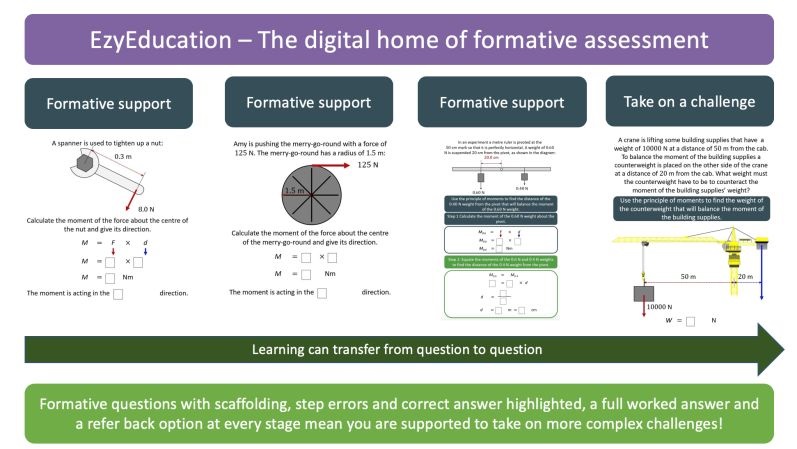
Although some teaching colleagues are quick to view automations suspiciously, the impacts can be incredibly positive and have no real consequences for teacher job security but plenty of positives for teacher sanity. The 6th form colleges in the UK have been under incredible pressure over the last five years and many of these are now reacting by engaging with our sort of proposition.
Barton Peveril 6th Form College in Eastleigh is a great example. Three teachers look after 250 A-level students and have directed students to complete 9,000 assessments in seven months. That is 3,000 assessments per teacher without a single stroke of the pen. Absolutely incredible and nothing less than inspiring for our data team that has been behind the creation of our unique learning maps that are powered by a visual record of every question attempt.

Returning to videos, we passionately believe that videos on their own are ineffective. This means they must be followed by an assessment that establishes understanding or combine with printed material to enhance the student experience. We have pioneered an exciting application of Augmented Reality that means a video can be linked to a high-quality guide and is streamed as soon as a page is captured in the app viewer. This has to be seen to be believed and is going to transform education support.
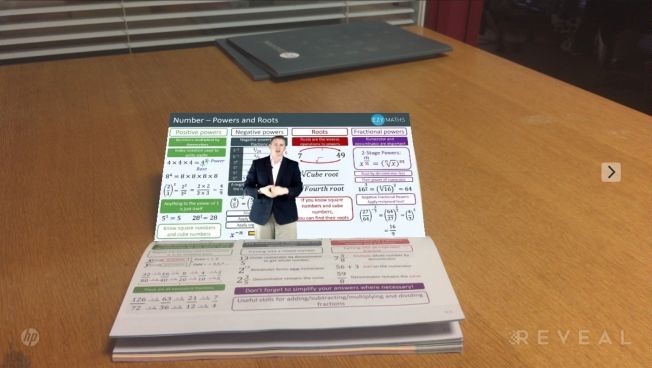
Traditional textbooks and revision guides are dull and uninspiring, don’t test learning, don’t provide any feedback to teachers and require too much reading while our AR snapshots booklets inspire and put a smile on the face of teenagers and even their teachers.
So, does it work? So far so good. From a teaching perspective it clearly does. It helps to scale assessment to unimaginable levels without any teacher stress and provides far better and more useful learning records than anyone has experienced. From a learner perspective there are strong signs of transformational improvements for students.
Queen Elizabeth’s Grammar School in Kent have started to operate a flipped model supported by EzyEconomics. Last year’s A-level cohort (the first to receive support throughout their course) averaged over 60 hours of system time during their A-level studies (two students studied independently for more than 140 hours) and exceeded target by 0.77 of a grade on average. Enough to make the heady heights of an ALPs 2 rating.
A state school in the north-west of England started with EzyScience in January 2018. In just five months the additional independent learning the platform facilitated for its Y11s helped them to achieve the best science GCSE results ever. The 20% most-active students exceeded target by an average of 0.88 of a grade per subject. Two hardworking PP students at the school smashed through their target grades (6/6/6) to achieve 9/9/9 in the final exams.
Watch more of our videos from Bett Show.


